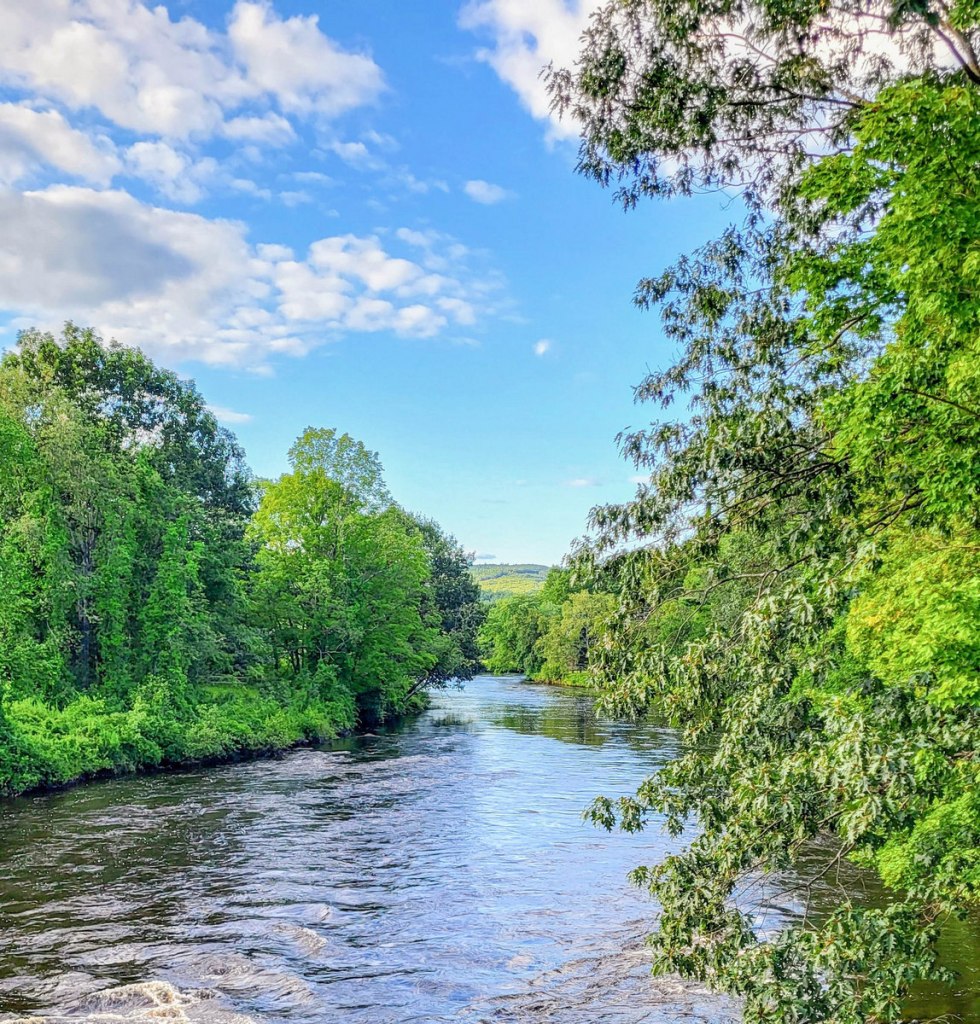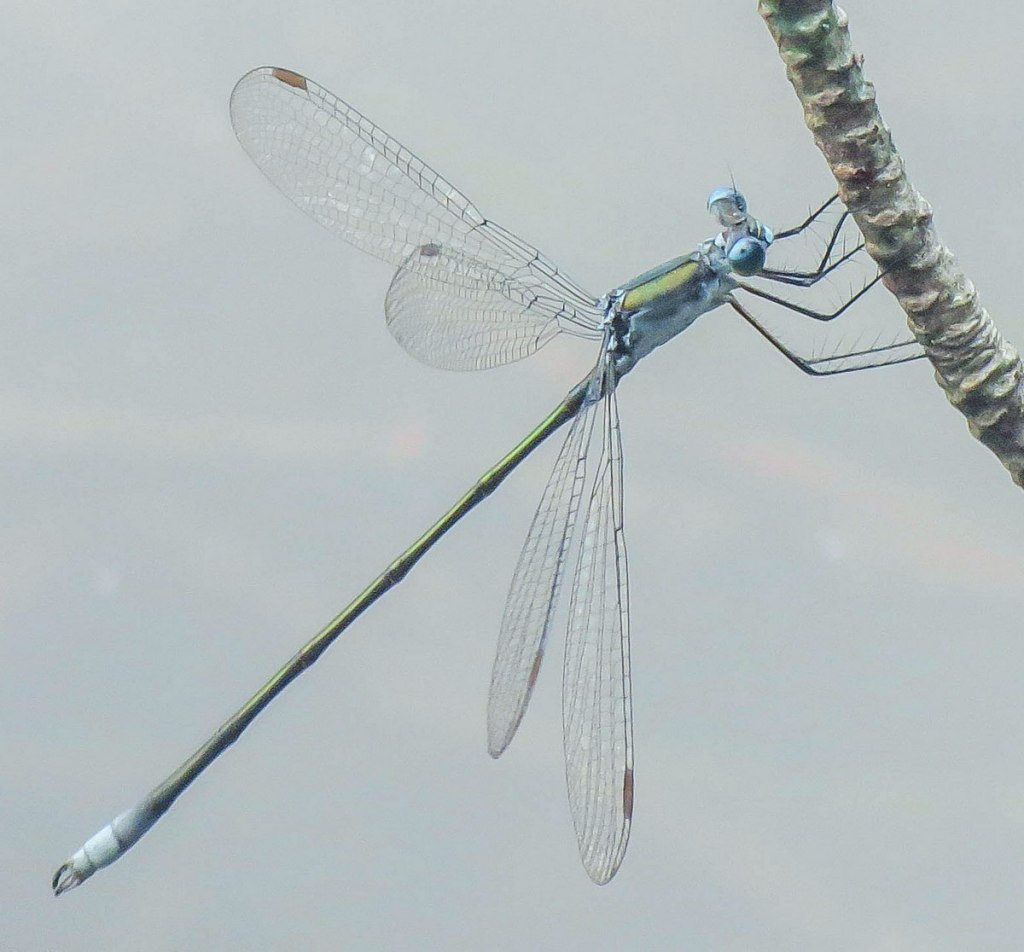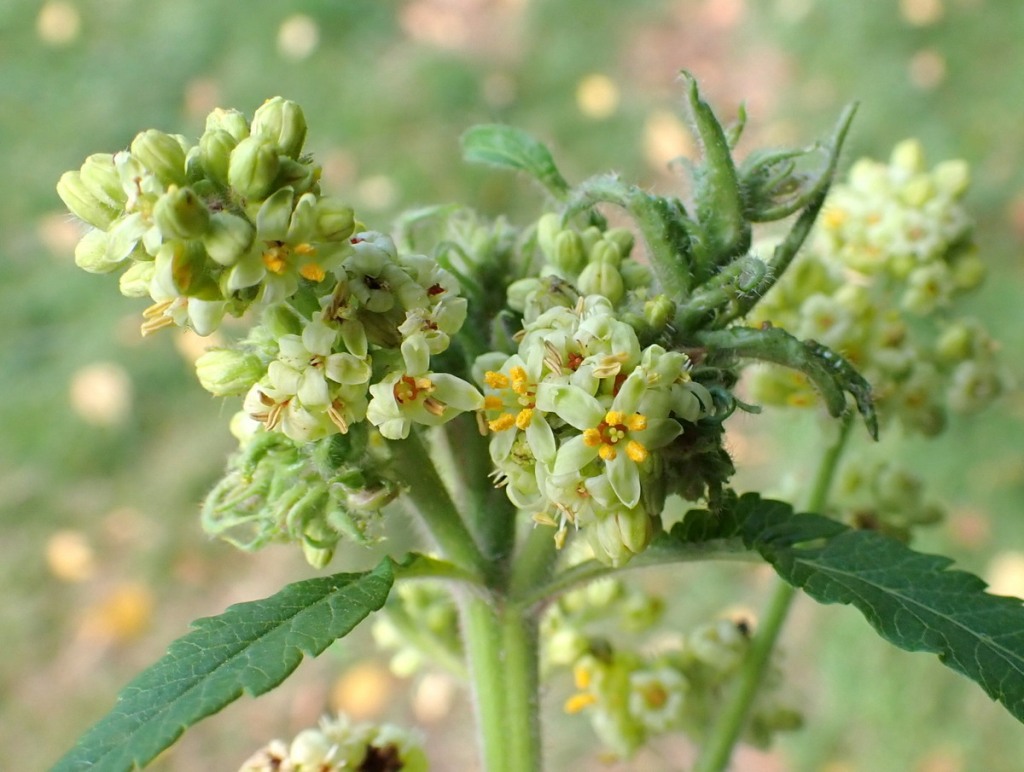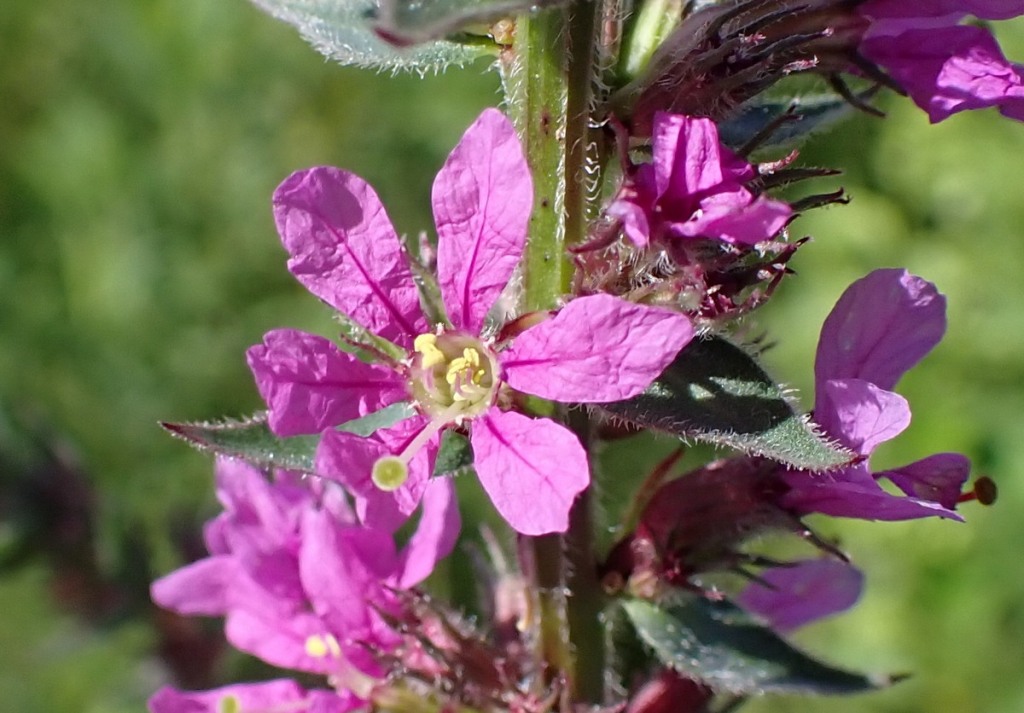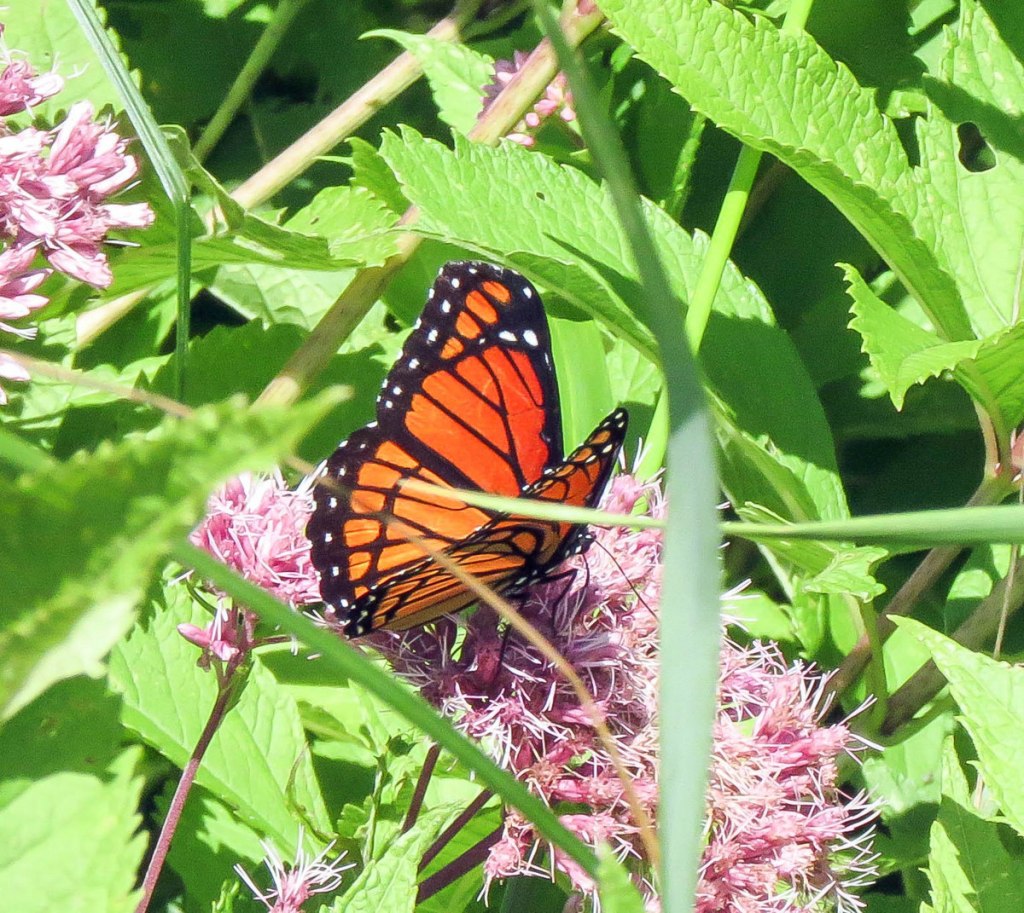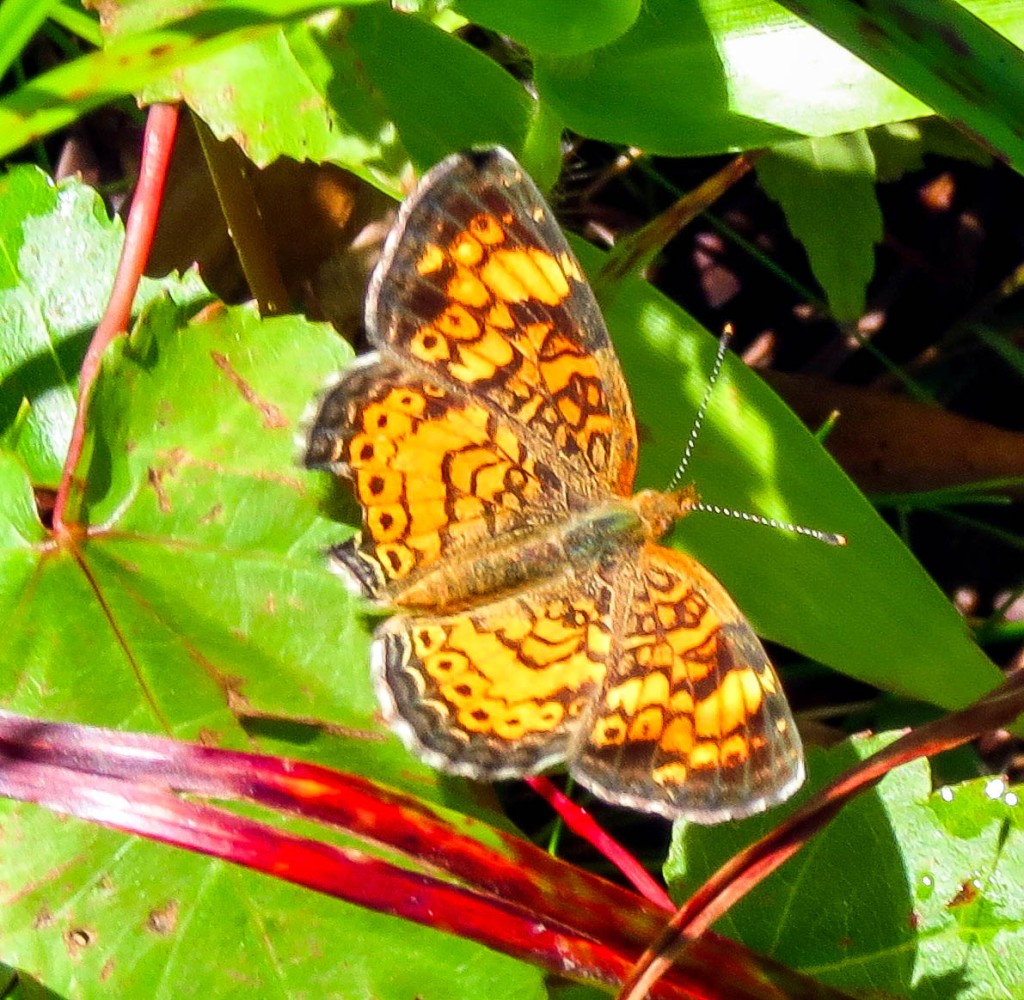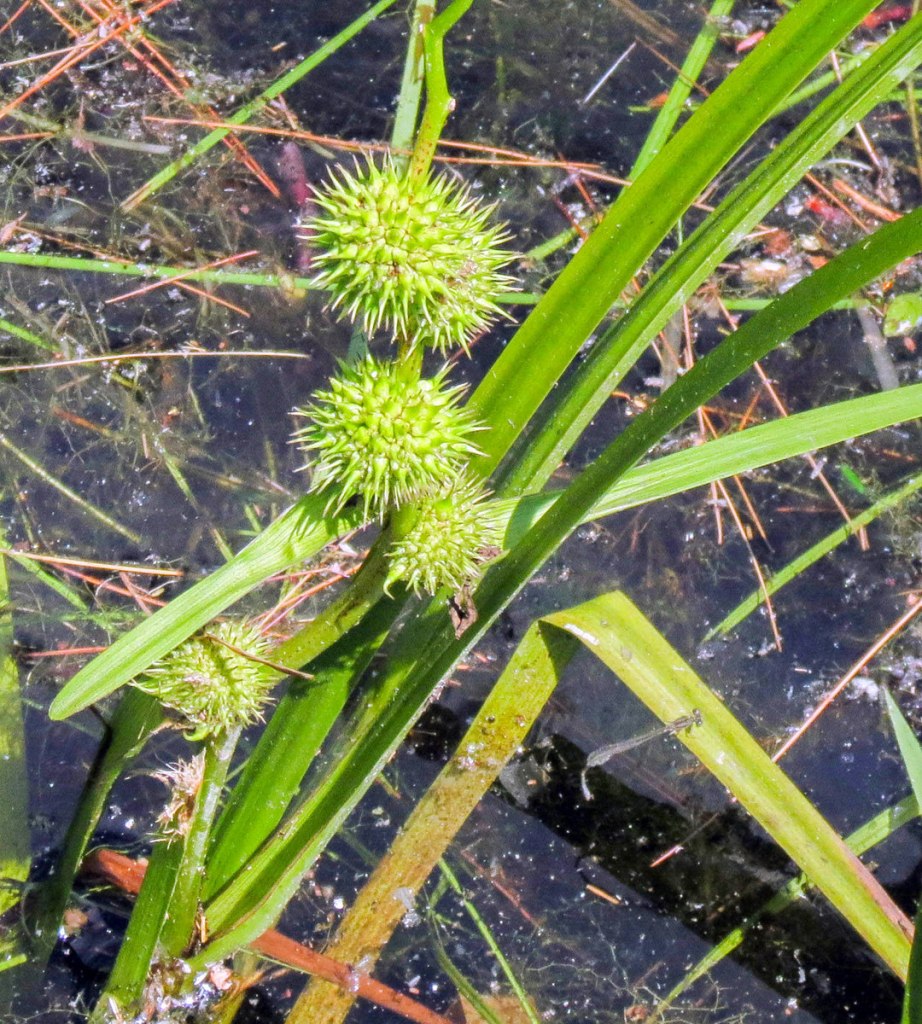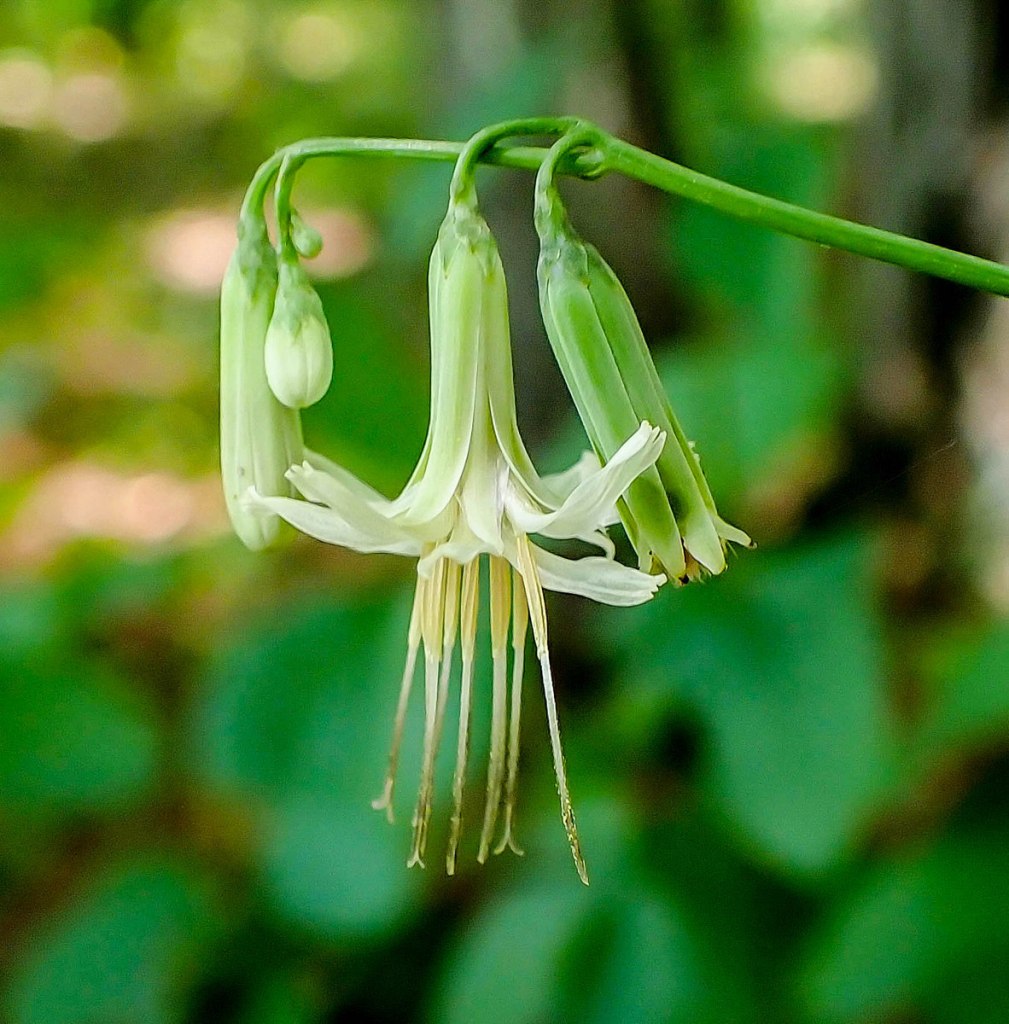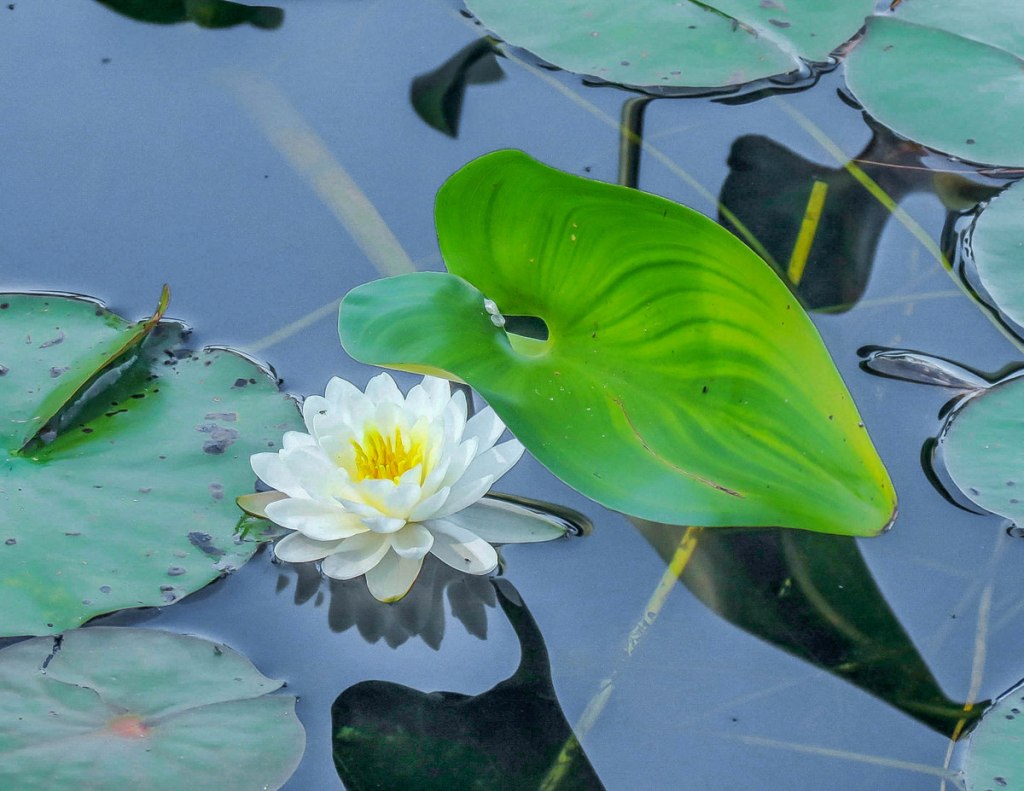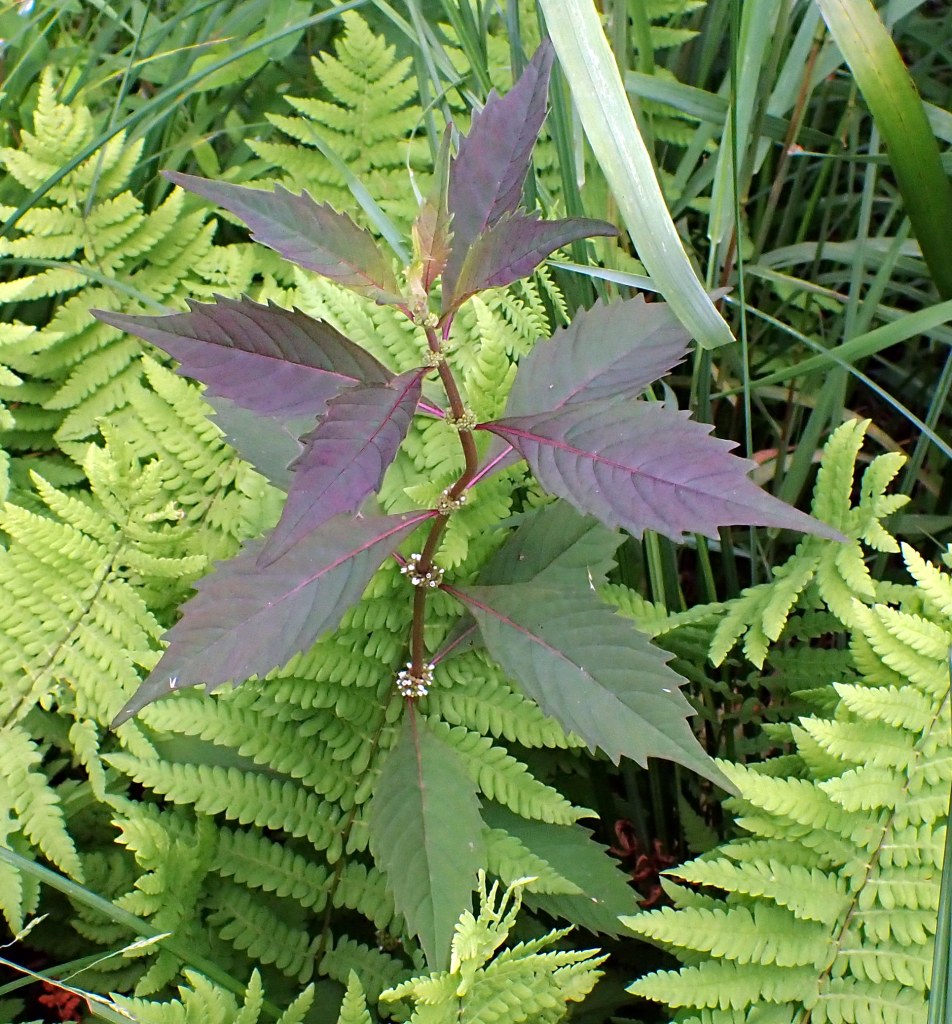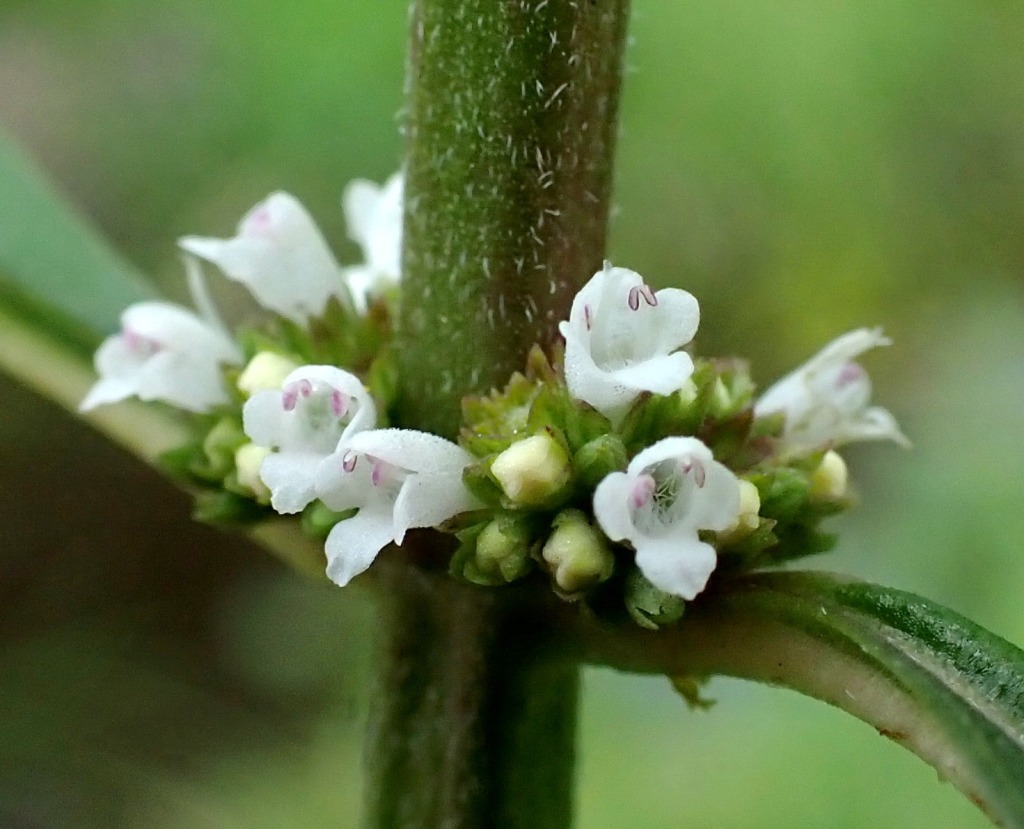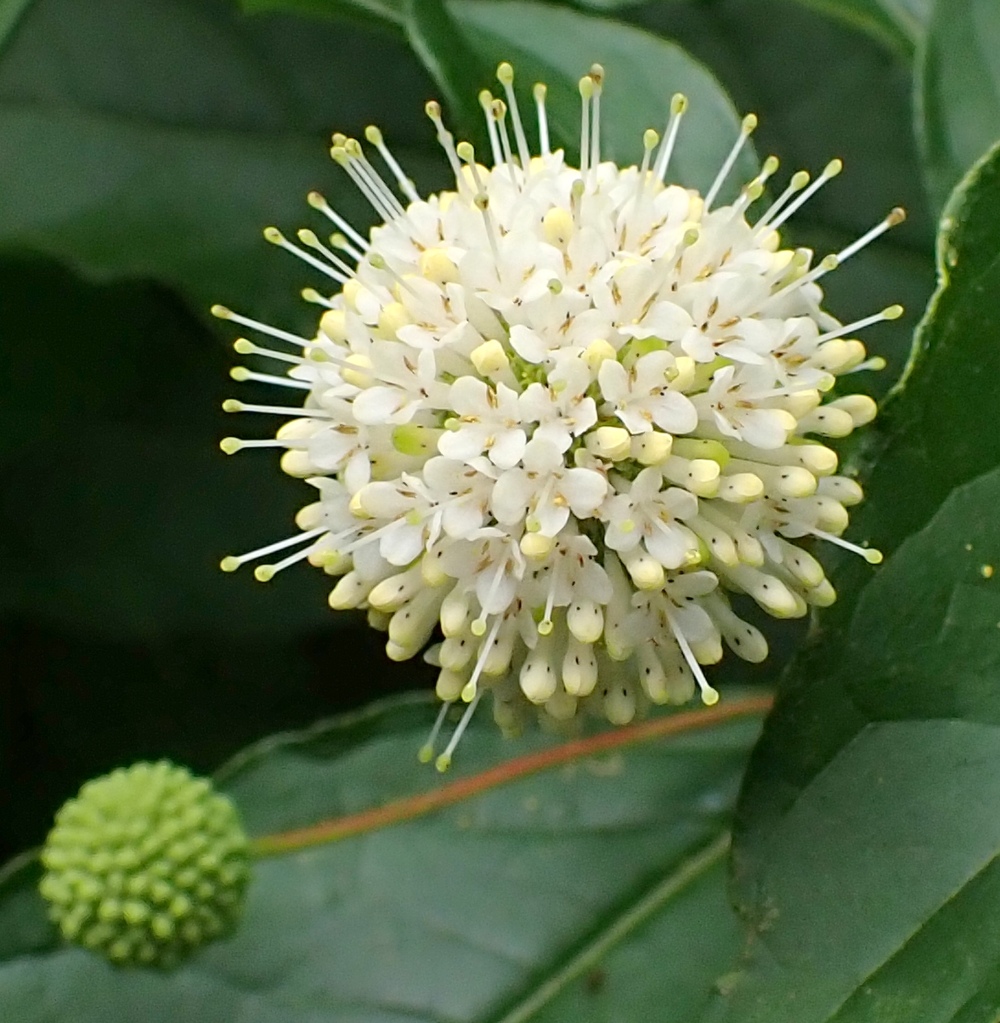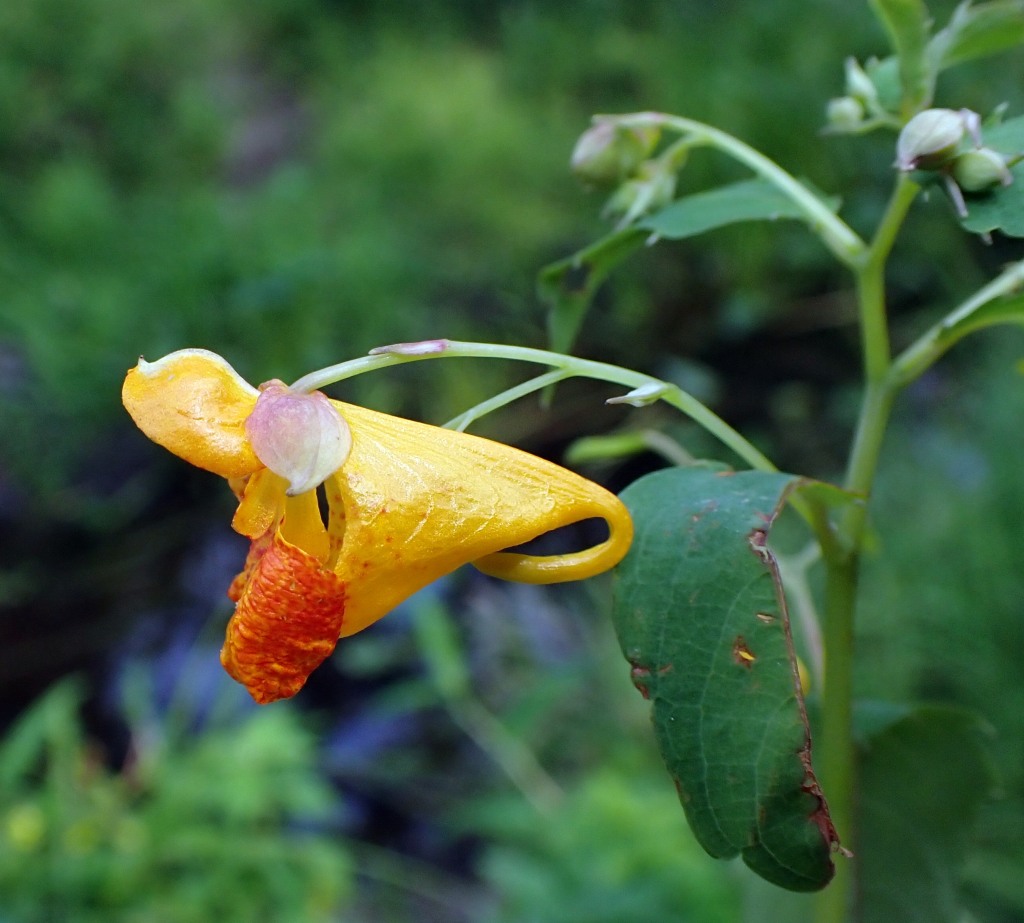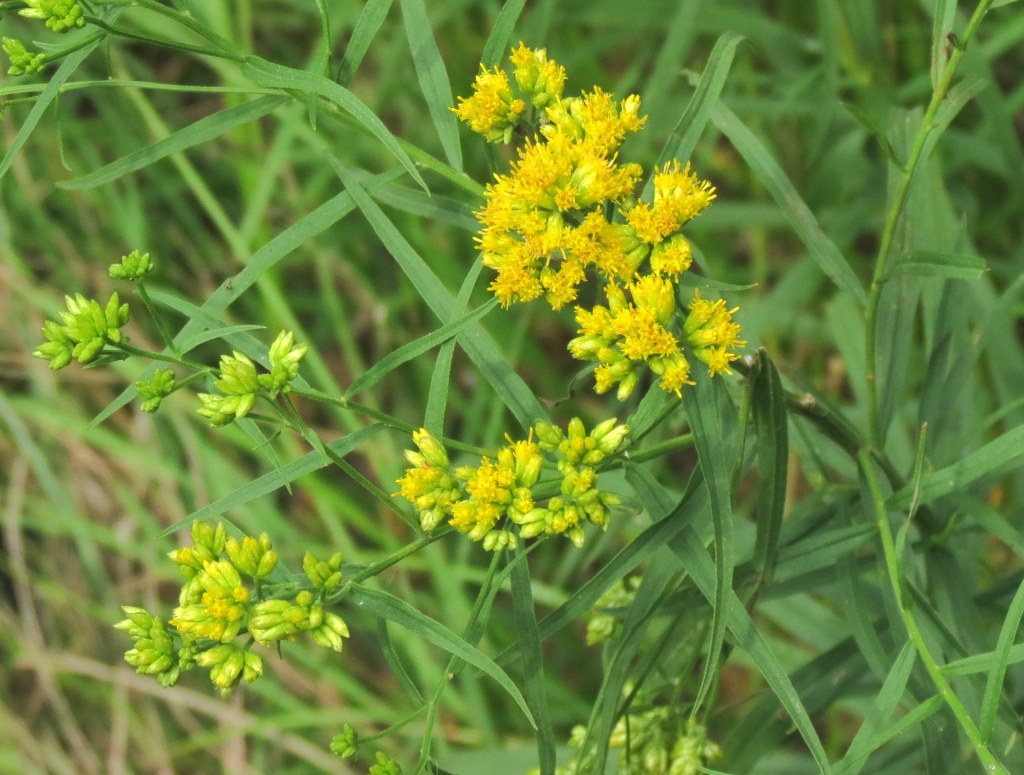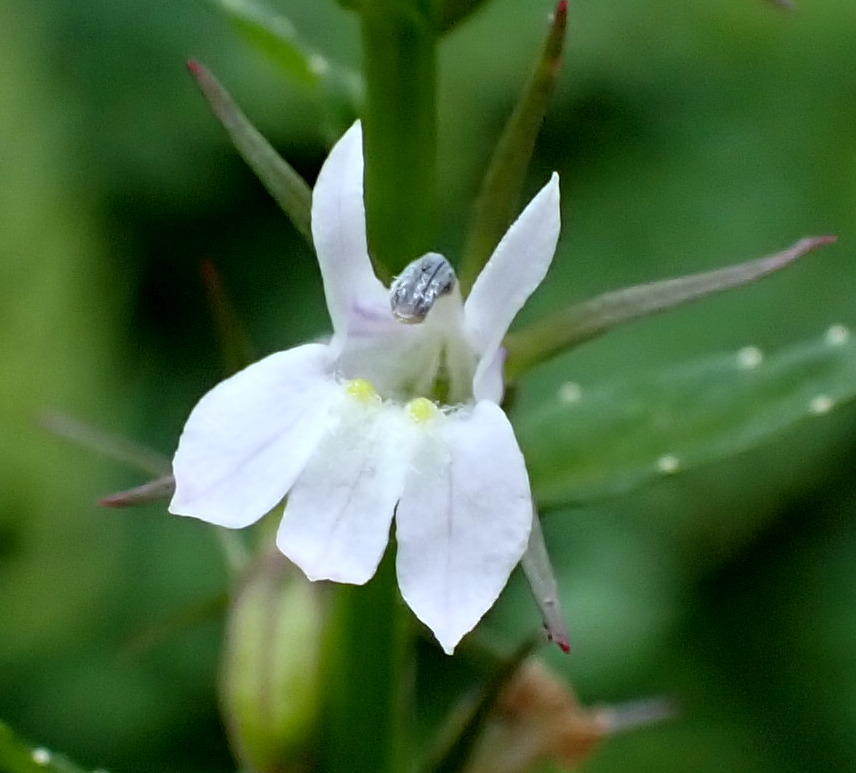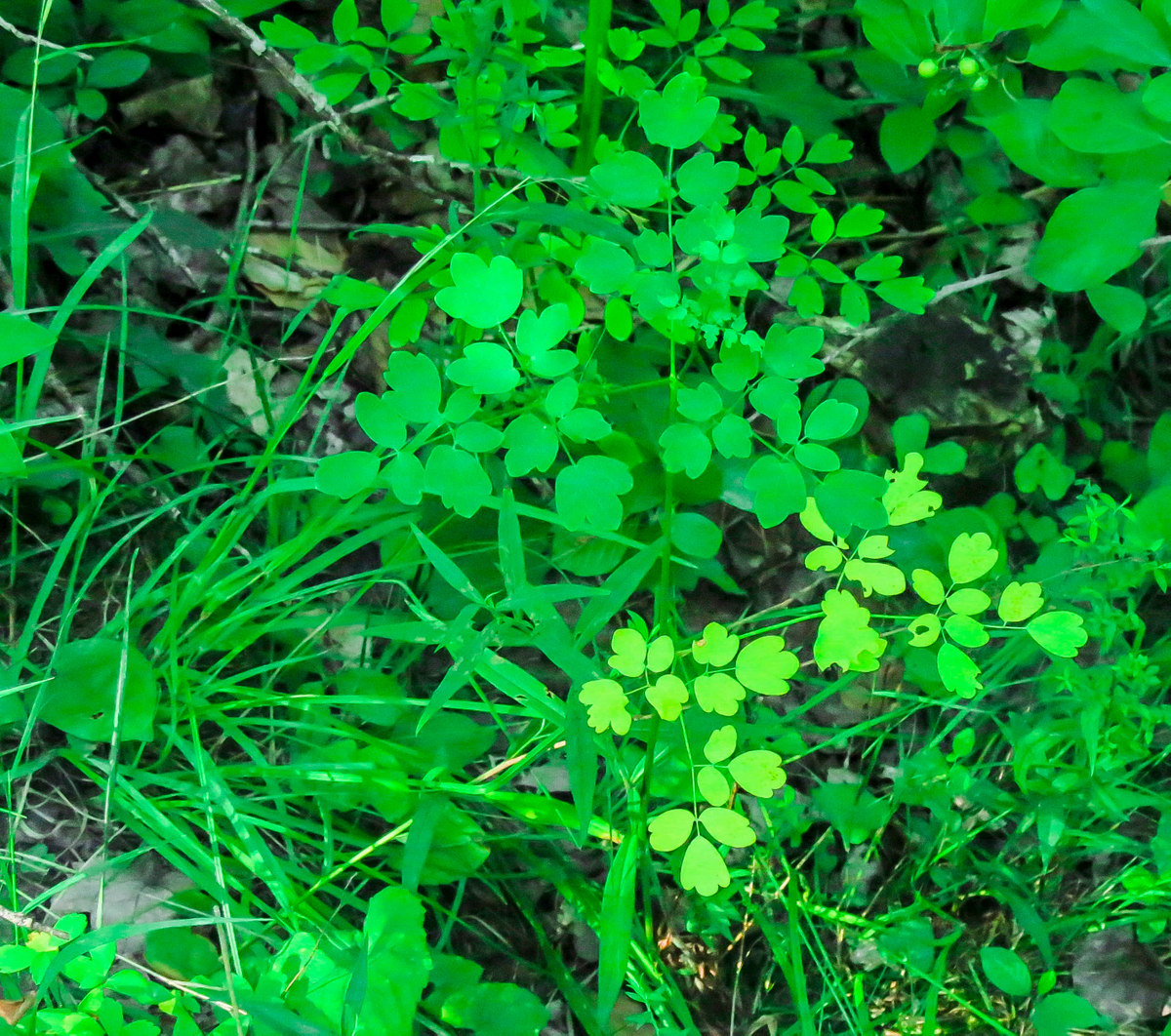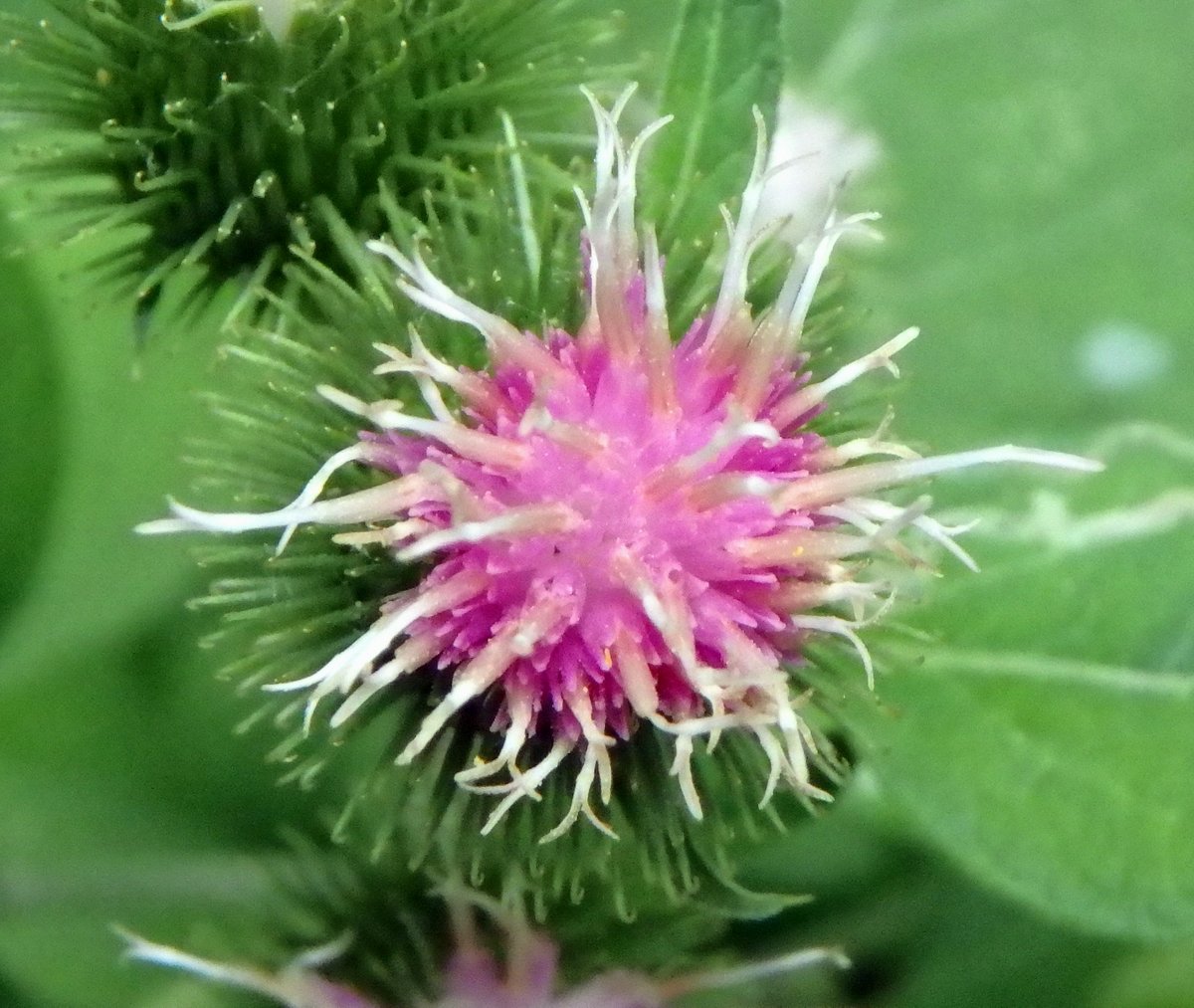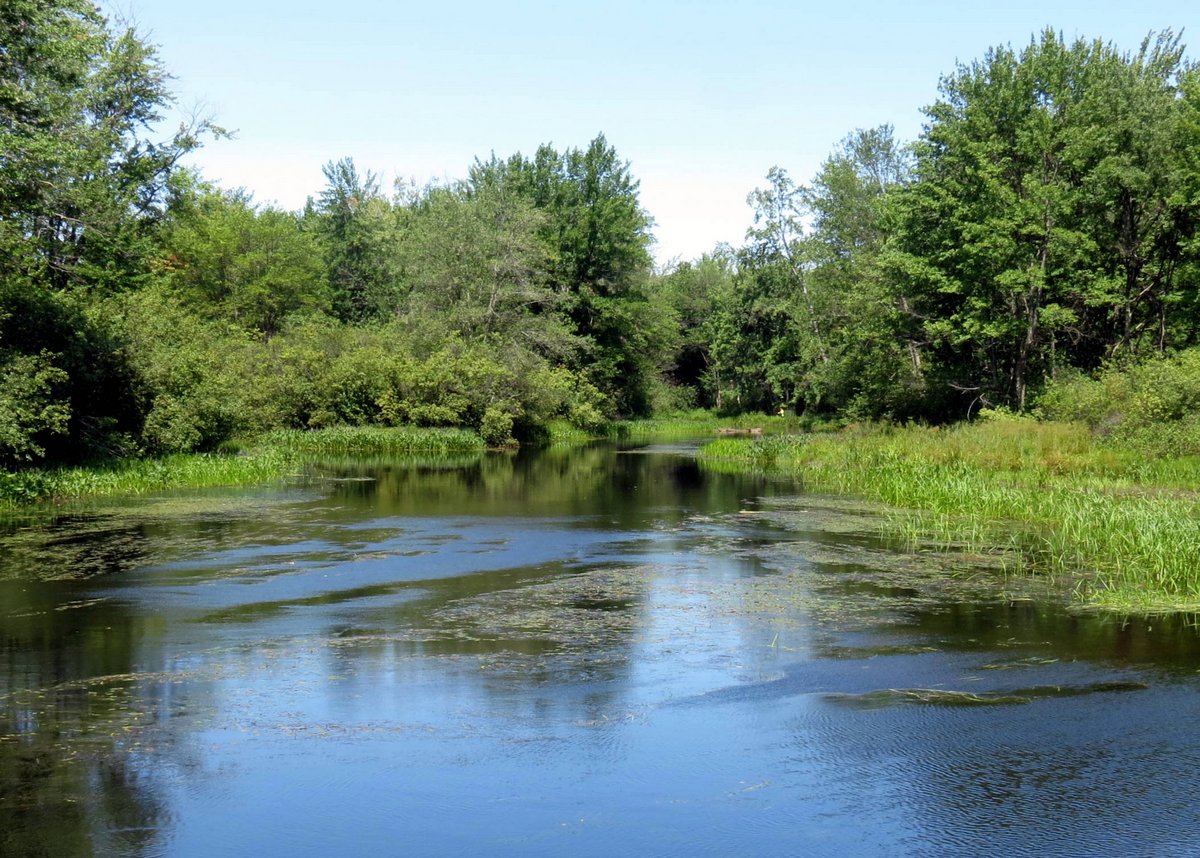
I took a walk along the Ashuelot River to see if the closed gentians were blooming yet. This scene seemed fall like to me but my color verifying software sees just varying shades of green. Still, the greens are lightening in color, I think. No matter what the colors were it was beautiful scene, I thought.

The trail is wide here; level and easy to walk, and more and more people are using it I’ve noticed. When I was a boy I could be out here all day and not see a soul.

Cinnamon ferns grow all along the path and in the surrounding area. They usually turn pumpkin orange in the fall and I took this shot because I thought I saw a little orange on these. My color finding software confirms that.

A staghorn sumac was quickly changing into its fall colors and they were beautiful. It looked like a branch full of maroon and yellow feathers.

And here was what I came thinking that I might see. The closed gentians were blooming better than I had seen them do in the past. This tells me that they, like so many other plants, like lots of rain. They aren’t common here but I shouldn’t call them rare. Fringed gentians are the ones that are quite rare. I’ve seen one of them in bloom just once.

I’ve been saying for years that these flowers must take a strong insect to pry them open and as I was standing here on this day along came a bumblebee and did just that. I used my cell phone to try to get photos of the action but not one of them came out. But it doesn’t matter; I’ve seen how it all works now.

Gentians weren’t the only flowers to be seen along the river. White wood asters grew in large numbers as well.

Helianthus didn’t grow quite as numerous as the asters but I saw them here and there.

Hog peanut was another plant I saw a lot of and they were covered with their unusual small, blue flowers. This plant is a legume in the pea/ bean family and, like a true peanut, after pollination some of its flowers bury themselves in the soil and form a small, edible, bean like seeds that give the plant its common name. Mice collect these seeds and store them in large caches that Native Americans used to search for. They can be eaten raw or cooked. The plant also forms inch long, pea-like, above ground pods that contain three or four inedible seeds. Hog peanut is a strong, wiry vine that can cover large areas of forest floor but in this case it grew over the shrubs along the shore.
It is said that this plant’s common name is a derogatory term referring to Native Americans but I’m not so sure, because the early settlers kept hogs and those animals could easily have dug the plant’s fruit. Hogs dig up everything when left to their own devices in a forest.

There was a strange film on the water in the current-free backwaters that made it look like the river had iced over. It’s too late for pollen to be blowing around I think, so I’m not sure what it was.

The last time I was out here in mid-August, I took this shot of these young red maples leaning out over the river, enough so the leaves were almost touching the water. When the river floods it washes the soil away from the roots of many trees and if a good wind comes along they’re the first to topple. On this day there was no trace of these trees here at all so they must have finally fallen in.

A group of mallards was soaking wet from feeding in the shallows on the other side of the river. This is the only shot I have where all of their heads are out of the water at the same time.

I could still see water in the woods here and there; remnants of a very wet summer. You can just barely see it in this shot but I liked the light so I left it in. There was beautiful light everywhere on this day.

I thought this squirrel was going to jump on my head but it didn’t. It seemed very interested in what I was doing though.

I turned a corner and there was a cormorant standing on a log. It seemed to be looking at the sky with its teal blue eyes. The inside of their mouth is blue as well but I think they must have to grow into that feature because this one’s mouth was not blue.

I thought it was a juvenile double crested cormorant. Juveniles I’ve read, are brownish with a whitish throat and belly and adults are black with black legs and feet. I couldn’t find an example of a juvenile with gray feet online so I had to send the photo off to a friend who knows his birds. He said it was a juvenile double crested cormorant, so that was good enough for me. I don’t see cormorants often so I was happy to see this one. It just stood on the log preening and looking around until I left. I had seen them fishing below the falls in the past so I thought I might come back in the evening and see if maybe I could get some shots of it in action.

The river was as still as it ever gets and I thought of a friend who loved reflections when I saw how the trees were reflected in it. Sometimes reflections can be so perfect you can turn a photo upside down and not know that it isn’t the way it should be. This was that kind of day.

I was surprised to see white rattlesnake root still blooming. A tonic to treat dysentery was once made from the roots of this plant and it was also thought to cure snakebite. I like the way the long red styles split and curl at the ends.

I went home for a while and then went back to the river in the evening, hoping to see the cormorant. They’ll often stay in a place for several days if the fishing is good but I saw no sign of one fishing at Ashuelot falls, so I looked at the flowers in a small public park instead. I saw a very beautiful Japanese anemone.

I also saw many beautiful native great blue lobelias, but these have been planted in the park. Though they are native I’ve never found one in the wild.

A phlox leaned so far out over the water this photo makes it look like it’s floating in the sky.

A cedar waxwing fell out of the sky at blurring speed and stuck itself to an elm branch right beside me as if it was nothing at all to come to a full stop in a fraction of a second. It was either surprised to see me or it had something to say that it thought I needed to hear. It looked like it was saying Wow, what a ride!

I walked upriver to where I had seen the cormorant earlier but the log it had stood on was empty, so I returned to the park. I sat on a park bench and saw, far off in the distance, what looked like white bird’s wings. The zoom on my camera showed them to be pickerel weed leaves shining silver in the setting sun.

As I sat on the bench with this view in front of me I realized that I had never been here in the evening before and I wondered why. A few clouds rolled in and the light kept slowly changing, getting more and more beautiful, and I kept taking photos with my cell phone camera every few minutes. Once I got around to looking at the photos I had to choose which one to show you. It wasn’t easy but I think this one was closest to what I actually saw. In my opinion the light in it was certainly the most beautiful. Soon all the trees off in the distance, mostly red and silver maples, will be ablaze with the beautiful colors of fall. They often turn early along the river so it shouldn’t be too much longer before I’m walking here several times a week. This is one of my favorite places to go to see good color on the trees.

When I was leaving the river there was a crepuscular ray bonus. It was the perfect end to another beautiful day.
I have nothing to complain about. I am here to enjoy the breathtaking beauty of nature.
~Debasish Mridha
Thanks for coming by.
